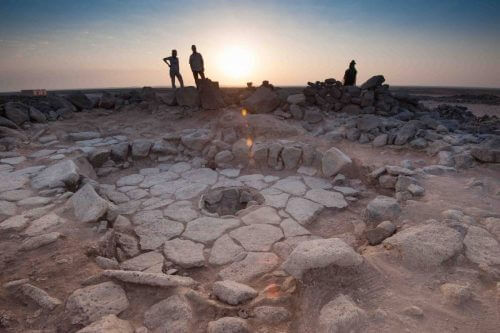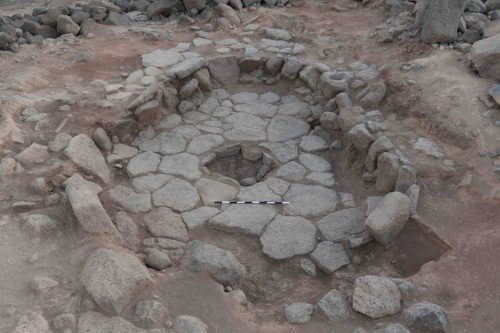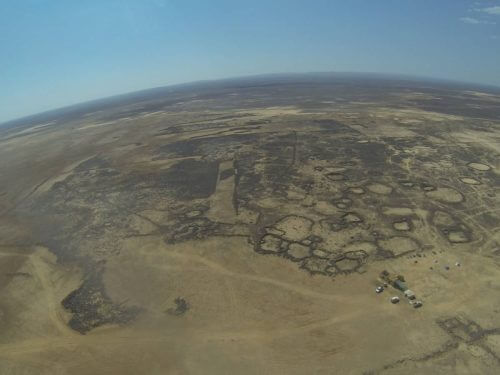
The transition of humans from hunter-gatherer communities to agricultural communities in the New Stone Age is considered the most significant development in human history. However, already in the Early Stone Age, a pre-agricultural culture of hunter-gatherers developed who built houses and cultivated edible plants. According to a popular theory, the cradle of pre-agricultural culture was in the Carmel and Galilee mountains, from where it spread to other parts of the Middle East. A new study by a team of scientists and archaeologists from the Weizmann Institute and the University of CopenhagenRecently published in the scientific journal Nature Scientific Reports, challenges this perception.
The Natufian culture appeared in the Middle East about 15,000 years ago in the areas that today constitute the territory of the countries of Israel, Jordan, Lebanon and Syria. The new study is based on findings from the Natofi site in Jordan - "Shubeika 1” – about 150 km from the northeast including Ammon. An archaeological team from the University of Copenhagen led by Dr. Tobias Richter excavated this site between 2012 and 2015. The excavations revealed a well-preserved site, where a large selection of charred plant remains - a rare find that can be dated to the largest number of samples so far from a Natufian site. Prof. Elisabetta Boerto from the Scientific Archeology Unit at the Weizmann Institute dated the samples using mass spectrometry (AMS) inD-REAMS Laboratory In the institute - one of the only laboratories in the world that possesses technology that allows the analysis of organic remains, even the smallest, from excavation sites and determining their exact dating - up to a level of 50 years. The mass spectrometer, which was specially designed for the laboratory, allows Prof. Boarto to quantify the radioactive isotope carbon-14 in the sample down to the level of the single atom. To ensure the high level of accuracy, the research team selected samples of plants that do not live long or their parts, such as seeds or twigs.
The dating results reveal that the site in Jordan was first settled not long after the earliest dates found for the beginning of settlement in Carmel and the Galilee. This finding may indicate a rapid spread of the Natufs in the area (a less likely explanation), or that the settlement patterns appeared in different parts of the area more or less at the same time.

"Previous studies linked the emergence of the Natopian culture to the rich habitat of the Mediterranean woodland, but the new dating reveals that these hunter-gatherers were able to live relatively comfortably even in the more open landscape formations of the steppe. For their existence, they apparently relied on exploiting the rhizomes of reed grass, as well as on other wild plants and hunting birds and deer."

Prof. Boarto explains that the concept according to which the Natopian culture developed in one site and from there spread to the other places, stems from the fact that the sites in the Carmel Mountains were well preserved, and therefore were among the most studied so far. Besides disputing this theory, the study also sheds light on the ingenuity and resourcefulness of those hunter-gatherers who knew how to benefit from many plants and animals wherever they lived, and cultivate them in a way that led to the earliest permanent settlements of the human race. The authors claim that this supports the concept that agriculture developed in different ways, and the agricultural revolution was, in fact, a complex process that cannot be explained on the basis of simple models of cause and effect.
See more on the subject on the science website:
- Researchers have found evidence of the agricultural revolution under the bottom of the Dead Sea
- The house mice's teeth revealed: Man settled in permanent settlements 3,000 years before the time it was common to think
- Olive pits from 7,000 years ago reveal that our ancestors at that time were already farmers
